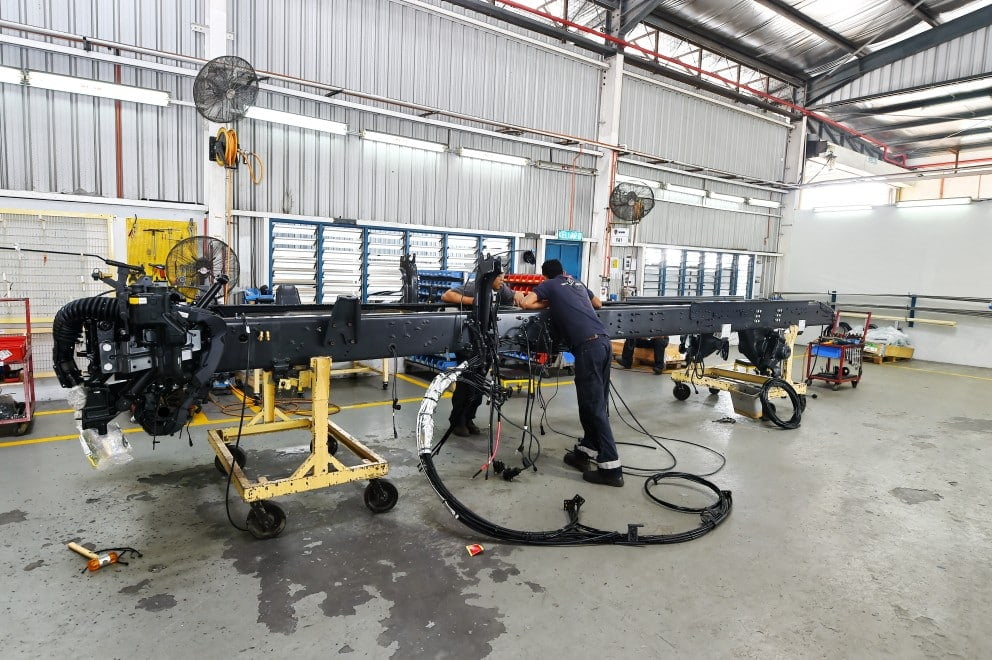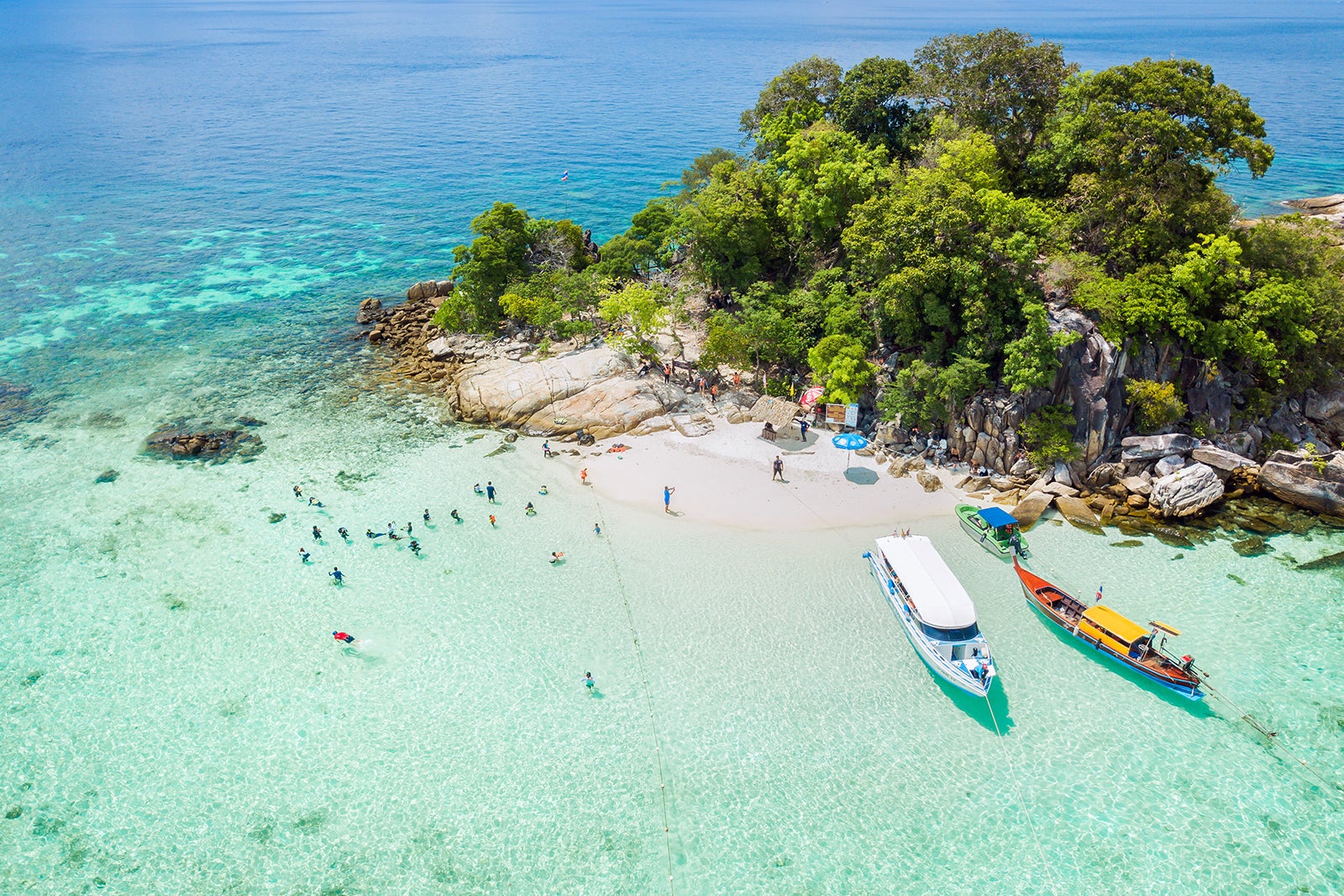Scania has seen the development of human settlements and the alteration of means of subsistence throughout history. The cultural landscapes of Scania reflect the enduring relationship between people and the land, spanning from the younger Stone Age (4800-1800 BC), when agriculture gradually replaced nomadic hunting and gathering, to the Bronze Age (1800-500 BC), when farming became essential to sustain a growing population.
Larger communities grew during the Younger Iron Age (400–1050 AD), and sophisticated farming techniques spread. The communities with names that finish in “RD” are evidence of the efforts made to clear land between 1050 and 1500. Scania’s rural landscape is dotted with stone fences that serve as a reminder of its historic fields.

Early in the 19th century, Scania’s farmlands were a beautiful patchwork of fields and meadows close to settlements, with pastures in the surrounding countryside. Well designed pathways led the animals from barns to summer pastures away from the crops. The trees that surrounded these pastures provided useful materials for fence and logs.
The crofts, or tiny farms, were essential to keeping the neighbourhood communities alive. In addition to raising horses, pigs, cows, lambs, and chickens, farmers also raised oats, barley, rye, and later potatoes. More nutrition was provided via fishing, growing vegetables, keeping bees, and gathering fruits and nuts. When the output of hops for beer making increased, the crofts were adorned with hundreds of hop poles.
Through the years, crofters’ daily routines and labour have been chronicled in tales. They made their mark on the landscape despite the difficulties and constant change. Diseases had their toll, but the population’s tenacity persisted. Crofters ensured a mutually beneficial relationship with the landowners by paying their lease payments in the middle of the 19th century using a combination of cash, labour, and product.
The remains of defunct farms and the narratives of communities like Spngabro convey a moving tale of suffering and tenacity even today. The settlements were supported by a variety of trades including weaving, tailoring, and butchering, as well as the simple homes they had constructed themselves. While workers worked on surrounding fields, stories like that of “Löne-Sven,” who slept on a hillside but woke up in time for another day’s work, began to take shape.
Sweden enacted the Environmental Code in 1999 after realising the cultural importance of these landscapes, paving the way for the creation of Cultural Reserves. These reserves protect the structures, pathways, and monuments of historical sites ranging from industrial to agricultural. They also preserve information, practises, and traditions, giving the next generation a look into a society bereft of contemporary technology.

Despite their being 41 cultural reserves around the country, Scania’s rnanäs is the first one to get formal designation. Visitors may immerse themselves in a bygone age where simplicity and hard work dictated daily life at rnanäs, which was established in 2006. Visitors may take a leisurely stroll through history while having a picnic or a cup of coffee with loved ones thanks to well-preserved sites, designated trails, and interactive services.
The ongoing relationship between people and the land is evidenced through the preservation of Scania’s cultural heritage. Scania welcomes everyone to take a mesmerising journey through time and rural life at these Cultural Reserves, where the echoes of the past still reverberate.










